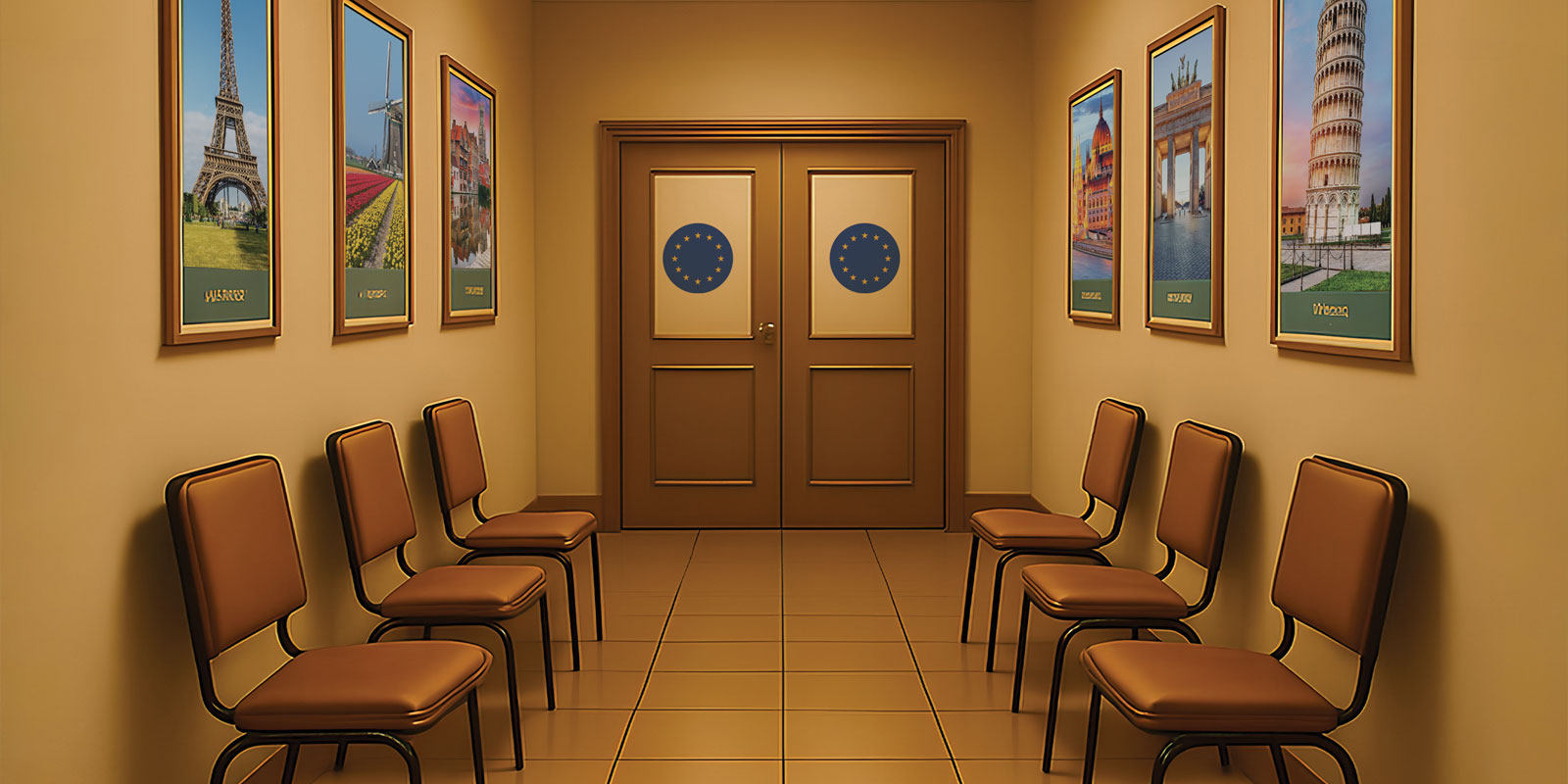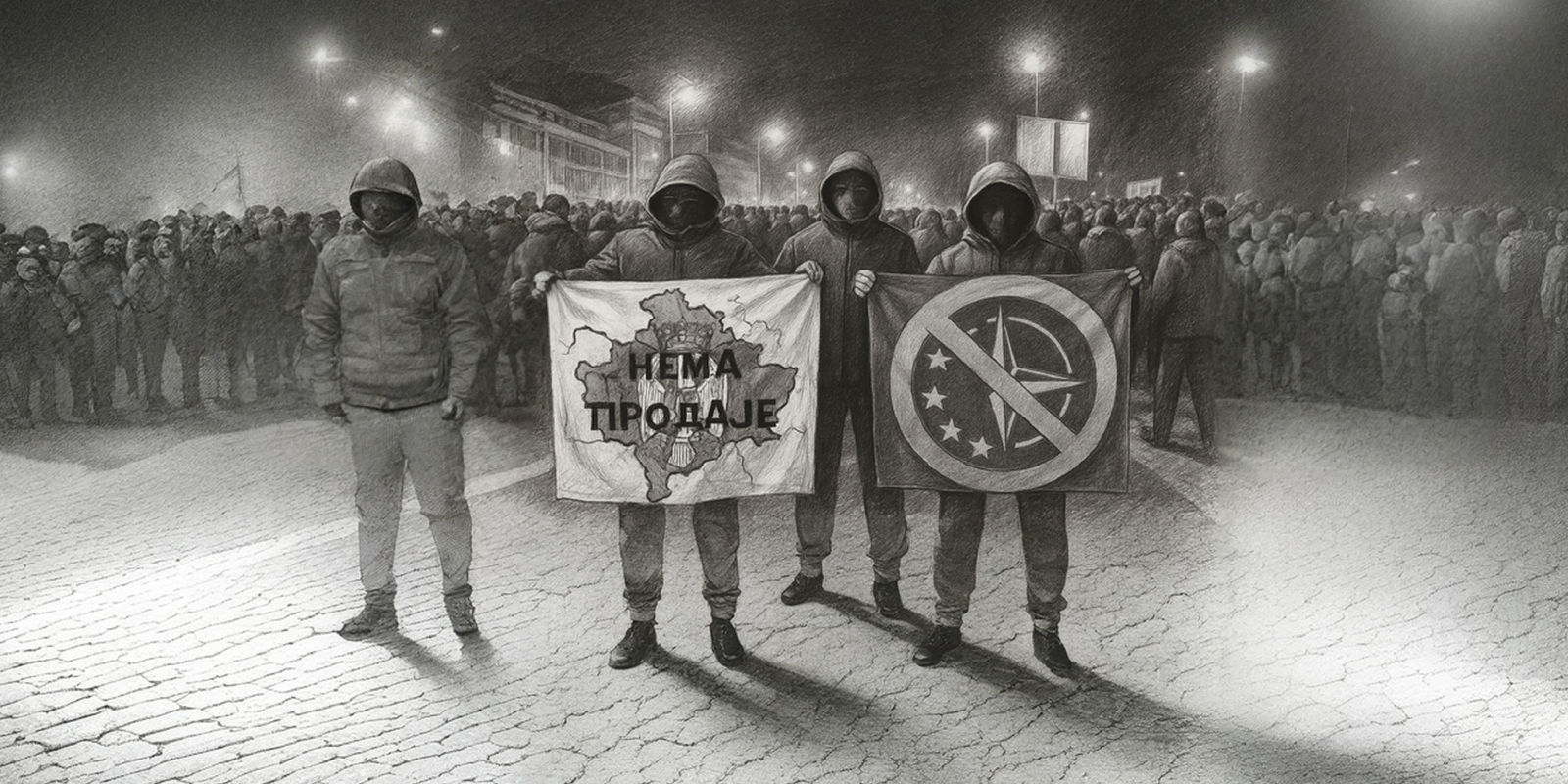PUBLICATION: Blog
Post-war memory and the Serbian youth: How do we remember what we have never experienced
The concept of collective memory is a grappling one. The Western Balkans went through political turmoil and wars in the 1990s, and the effects can be felt even today, after more than 20 years. It is understandable for war veterans and civilians who have lived through atrocities of wars to be haunted by remnants of the past, but how do we explain younger generations being emotionally attached to those times as if they were present or old enough to remember them?
Aleida Assman explains that there is no need to convince a person that individual memory exists, however, what we would name a “collective” memory represents a much more imposed connotation of what happened, and its importance, often with images that lock the memory in our heads. She argues that it stems from our internal need to adapt our identity and belong to a community, to be a part of “we”. By doing so, we accept the group’s history and views of past events, even if it “exceeds our life span”.
Therefore, we must wonder how much “remembering” something we have never experienced shapes the way we think, adopt the portrayed stereotypes, what we value, and even, what our political affinities are. Who do we regard as part of “we” and who is “them”? Who has the power to shape collective memory?
Rewriting historical narratives
Ever since the fall of Slobodan Milošević, until the year 2012, not many political actors were keen on taking an official stance on the happenings of the 1990s, as it was deemed as a bad political move. There was a need to redefine the national historical narrative, but the Serbian leadership focused more on World War Two, rather than creating official memory politics for the armed conflicts of the 1990s, with the excuse of focusing on recovery from the socialist times. This meant that no one wanted to be the government that would admit to Serbia’s faults during the war or the suffering of non-Serbs. That kind of move was considered unpopular and political actors did not wish to be on shaky grounds.
Moreover, since 2012, the Serbian Progressive Party has utilized the previous leadership’s ambivalent stance and has become very well-versed in the act of creating and shaping the collective memory, so that it highlights Serbia’s heroism and victimhood at the same time. The international community was criticized for not allowing Serbia to celebrate its war “heroes”.
This created a clear division of who is “we” and who is “them” (the ICTY, Croatia, Kosovo Albanians, etc.), and the Serbian Progressive Party wishes to portray itself as the defender of “Serb-hood”, whilst giving themselves the freedom to decide what that term means.
What young people see
Grounds that existed for political, national, and ethnic tensions in the 1990s seem to have risen in the past decade. Murals and sentiments towards convicted war criminals have been appearing throughout Belgrade, and they have even appeared on support banners of sports fans during football matches.
The Russian sports club first showcased a banner proclaiming Ratko Mladić a Serbian hero during a match in 2017. This was then followed by Serbia’s football club Partizan fans, who committed a similar deed during a game against the Switz in Belgrade, but this time the banner was inscribed with words of gratitude towards Mladić’s mother for giving birth to him. Finally, “Crvena Zvezda” reinforced the enthusiasm with a similar gesture during the match against the Belarusian team BATE. They conveyed the message that despite enduring a thousand life sentences, an honourable Serbian would still commemorate Mladić. Young and upcoming generations of football fans seem to be adopting these nationalistic sentiments as if it means being loyal to, not only the club but the nation itself.
Partizan and Zvezda fans’ stances on Ratko Mladić are, oddly enough, the one thing the two biggest football rivals can agree upon.
Just this year, wall graffiti stating the return of the Serbian army to the Kosovo region has also emerged on numerous populated sites in the capital of Serbia. It is also not uncommon for young generations to be clad in shirts depicting those same generals or engraved with certain sentiments related to clashes of the 1990s.
Generally, when we talk about how younger generations perceive the 1990’s, stances are divided. It is not traditionally discussed in formal education, so most of the information we get comes from our families and media outlets. A large number of young people are indifferent, some wish to move on and reconcile, but many are affected by the narratives and memories bestowed upon them by their families, media, as well as messages depicted on walls and streets across their cities. We can see state intervention even through cinematography. “The Balkan Line” attracted much attention among the youth, stressing the Serbo-Albanian conflict in Kosovo, as well as “Dara of Jasenovac”, which depicted the concentration camp and Serbian victims of World War Two in Croatia. However, the state did not allow cinemas to show movies such as “Quo Vadis Aida”, which tells the story of Srebrenica, as it does not match official memory politics nor the main historical narrative of the state.
Now, why does this represent a problem? It would not be an issue if these stances stemmed from an objective observation of the faults and responsibilities of all actors in the 1990s. However, what we see is a continuous effort of the Serbian Progressive Party to create voter outreach through populistic behaviour, and secure political legitimacy by creating an “external threat” and instilling fear and hatred among Serbian citizens, so that they can be viewed as the protector of the nation. We do not “remember”, we “memorise” what we see and what we are told.
All of the mentioned scenarios above, represent a destabilising effect on the region. This does not foster reconciliation, and as a consequence, even 23 years after the fall of Milosević, we still cannot make sufficient efforts to move on from the past and focus on the road ahead.
A blog written by BCSP intern Aleksandra Veljović
Tags: Collective memory, Post war, Serbian youth
PDF PREVIEW
RELATED

Date: 22.10.2025.
Author: Jelena Pejić Nikić |
This policy paper examines Western Balkan stakeholders' perspectives on what is needed for meaningful enlargement and the EU reforms they consider essential for an effective expanded Union. Field research in spring and summer 2024 included 16 high-level interviews with representatives from all six countries of the region.

Date: 13.10.2025.
Author: Belgrade Centre for Security Policy
The subject of analysis is the content related to student and civic protests distributed on the Telegram channel “BUNT je stanje duha.”

Date: 04.08.2025.
Author: Vuk Vuksanović |
The analysis is based on the "Security Radar" public opinion survey conducted by the Friedrich Ebert Stiftung in selected European countries, including Serbia, and a comparison of public opinion findings for 2022 and 2025.


